Coordinate Pairs Graphing Worksheets
Coordinate pairs graphing worksheets are a valuable resource for students who are learning or practicing the skills needed to plot and interpret data on a coordinate plane. These worksheets provide clear instructions and engaging activities that help students develop their understanding of the relationship between the x and y axes, as well as the importance of accurately representing data points.
Table of Images 👆
- Graph Ordered Pairs Worksheet
- 5th Grade Graphing Ordered Pairs Worksheet
- Graphing Ordered Pairs Worksheets
- Graphing Ordered Pairs Worksheets
- Christmas Coordinate Graph Worksheets
- Easter Coordinate Graph Worksheet
- Free Graphing Ordered Pairs Worksheets
- Coordinate Grid Ordered Pairs
- Four Quadrant Ordered Pair Worksheets
More Other Worksheets
Kindergarten Worksheet My RoomSpanish Verb Worksheets
Cooking Vocabulary Worksheet
My Shadow Worksheet
Large Printable Blank Pyramid Worksheet
Relationship Circles Worksheet
DNA Code Worksheet
Meiosis Worksheet Answer Key
Art Handouts and Worksheets
7 Elements of Art Worksheets
What is a coordinate pair?
A coordinate pair is a set of two numbers that represent a point in a two-dimensional plane, indicated as (x, y). The first number, x, represents the horizontal position of the point along the x-axis, while the second number, y, represents the vertical position along the y-axis. Together, these two numbers specify the exact location of the point in the plane.
How do you read a coordinate pair?
To read a coordinate pair, start by stating the x-coordinate first, followed by the y-coordinate. For example, the coordinate pair (3, 5) would be read as "the point three, five" where the 3 represents the x-coordinate and the 5 represents the y-coordinate.
What is the purpose of graphing coordinate pairs?
The purpose of graphing coordinate pairs is to visually represent relationships between quantities in a two-dimensional space, allowing us to better understand patterns, trends, and correlations in the data. Graphs help us interpret and analyze information, make predictions, and communicate complex ideas more effectively.
How do you plot a point on a coordinate plane?
To plot a point on a coordinate plane, you first locate the origin (where the x-axis and y-axis intersect) and then identify the x-coordinate (horizontal position) and y-coordinate (vertical position) of the point. From the origin, you move horizontally to the right if the x-coordinate is positive or to the left if it is negative, and then vertically upwards if the y-coordinate is positive or downwards if it is negative. The point where the horizontal and vertical lines intersect is where you plot the point on the coordinate plane.
What are the x and y axes in a coordinate plane?
In a coordinate plane, the x-axis represents the horizontal axis, with values increasing to the right and decreasing to the left, while the y-axis represents the vertical axis, with values increasing upwards and decreasing downwards. These axes intersect at the origin (0,0) and are used to locate points and plot values in two dimensions.
What is the significance of the origin point (0,0) in a coordinate plane?
The origin point (0,0) in a coordinate plane is significant because it serves as the reference point from which all other points are located and measured. It marks the intersection of the x-axis and y-axis, with positive values located to the right and above the origin, and negative values located to the left and below the origin. Additionally, the origin is crucial in defining the direction and magnitude of vectors and representing mathematical relationships in two-dimensional space.
How do you determine the distance between two points on a coordinate plane?
To determine the distance between two points on a coordinate plane, you can use the distance formula, which is ?[(x2 - x1)² + (y2 - y1)²]. Simply plug the coordinates of the two points into the formula, where (x1, y1) and (x2, y2) represent the coordinates of the two points. Calculate the difference of the x-coordinates squared, add it to the difference of the y-coordinates squared, and then take the square root of the sum to find the distance between the two points.
What is the difference between an ordered pair and a coordinate pair?
An ordered pair is a set of two numbers written in a specific order, often denoted as (x, y) where x represents the first number and y represents the second number. On the other hand, a coordinate pair is an ordered pair that represents a specific point on a coordinate plane, typically denoted as (x, y) where x is the horizontal position and y is the vertical position of the point. Therefore, while both terms refer to sets of two numbers, a coordinate pair specifically denotes a point in a two-dimensional space.
How do you interpret the location of a point on a coordinate plane using its coordinate pair?
To interpret the location of a point on a coordinate plane using its coordinate pair, you use the first number as the x-coordinate (horizontal position) and the second number as the y-coordinate (vertical position). The point is then located where these two values intersect on the plane, with the x-coordinate determining how far right or left the point is and the y-coordinate determining how far up or down the point is from the origin (0,0) of the coordinate plane.
What are some practical applications of graphing coordinate pairs?
Graphing coordinate pairs is utilized in various practical applications such as mapping and navigation systems, analyzing scientific data, creating financial charts to visualize trends, tracking movement in sports analytics, designing architectural blueprints, optimizing logistics and supply chain management, and even in digital image processing to display pixel coordinates. Overall, graphing coordinate pairs is essential in visualizing data and patterns in a wide range of fields to make informed decisions and solve complex problems.
Have something to share?
Who is Worksheeto?
At Worksheeto, we are committed to delivering an extensive and varied portfolio of superior quality worksheets, designed to address the educational demands of students, educators, and parents.

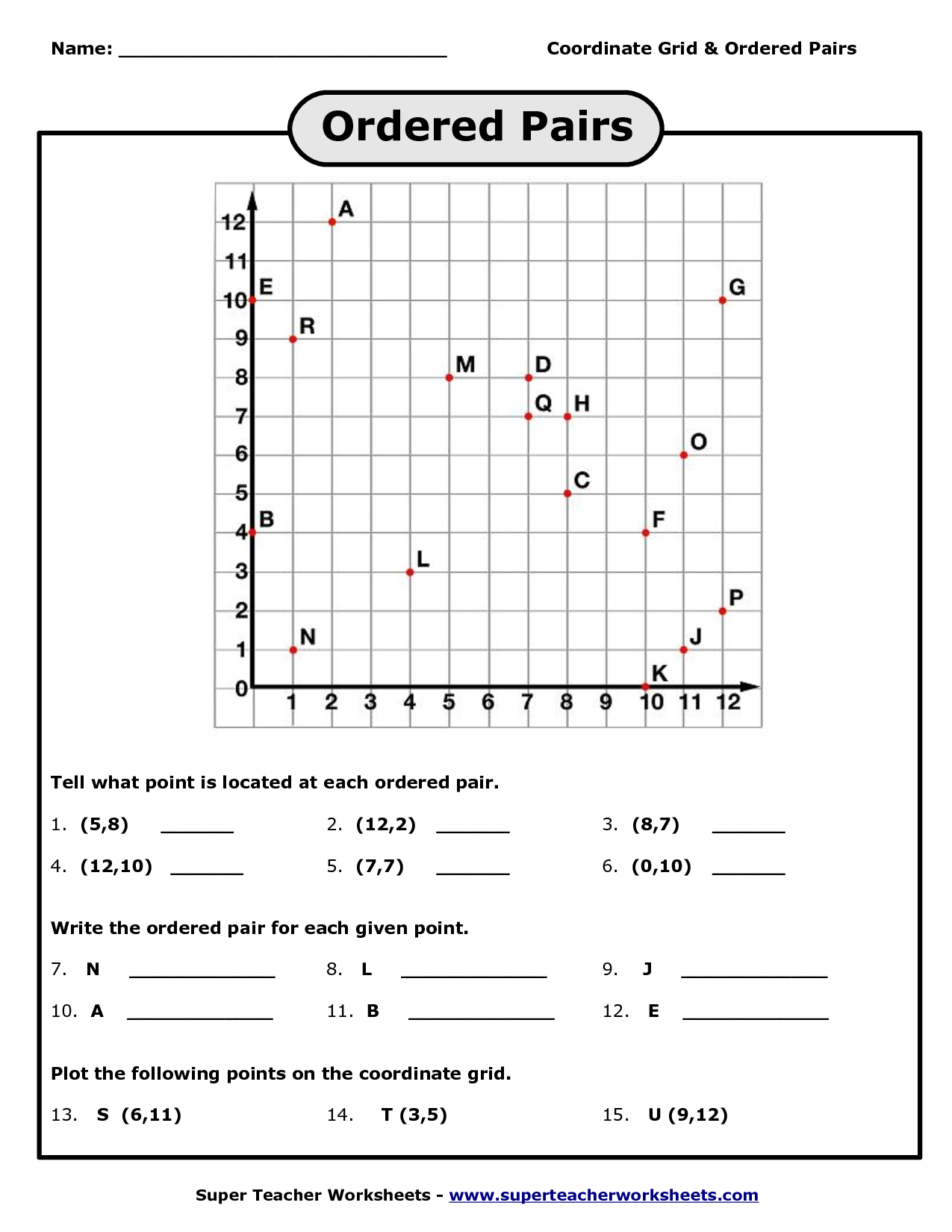



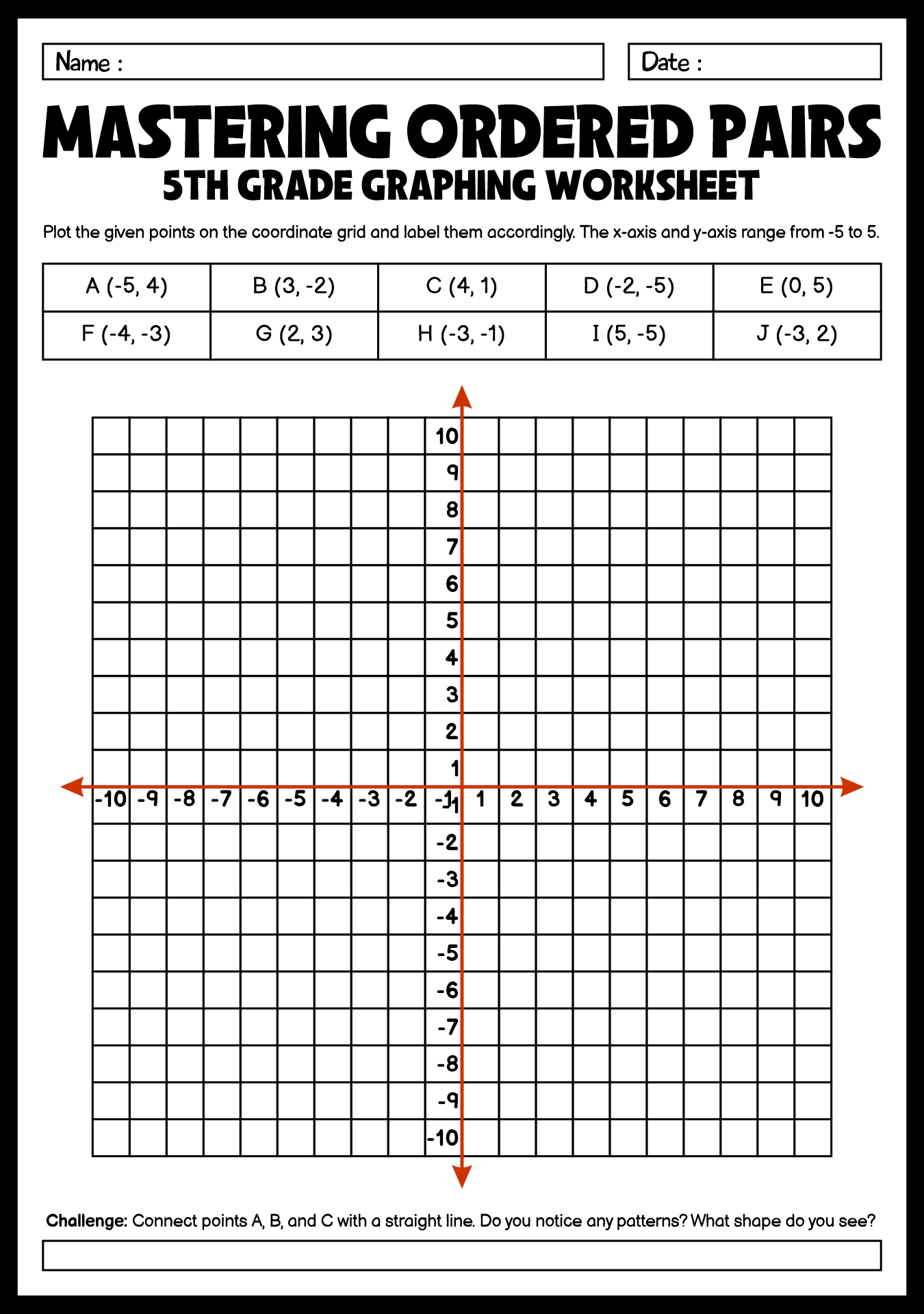
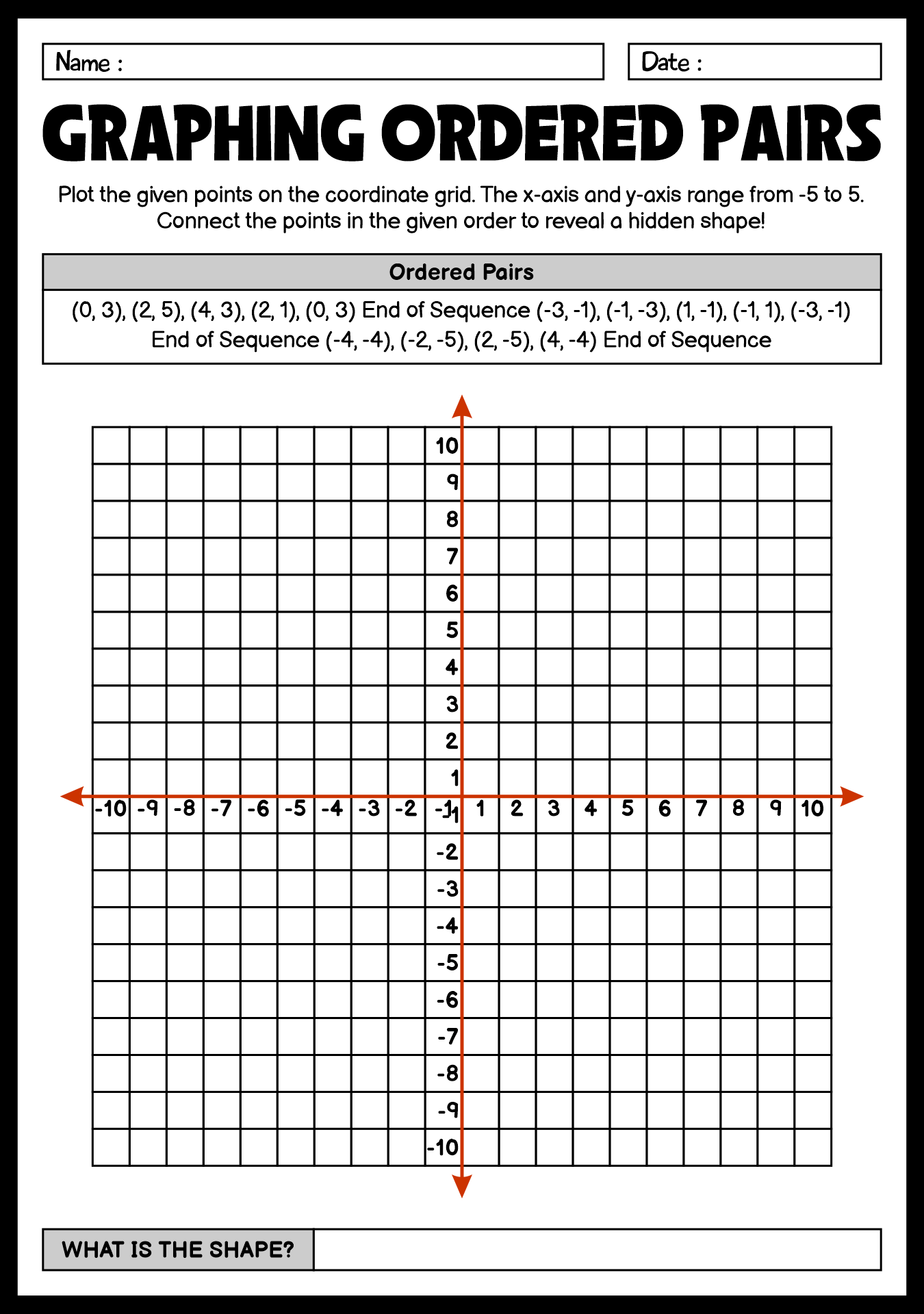
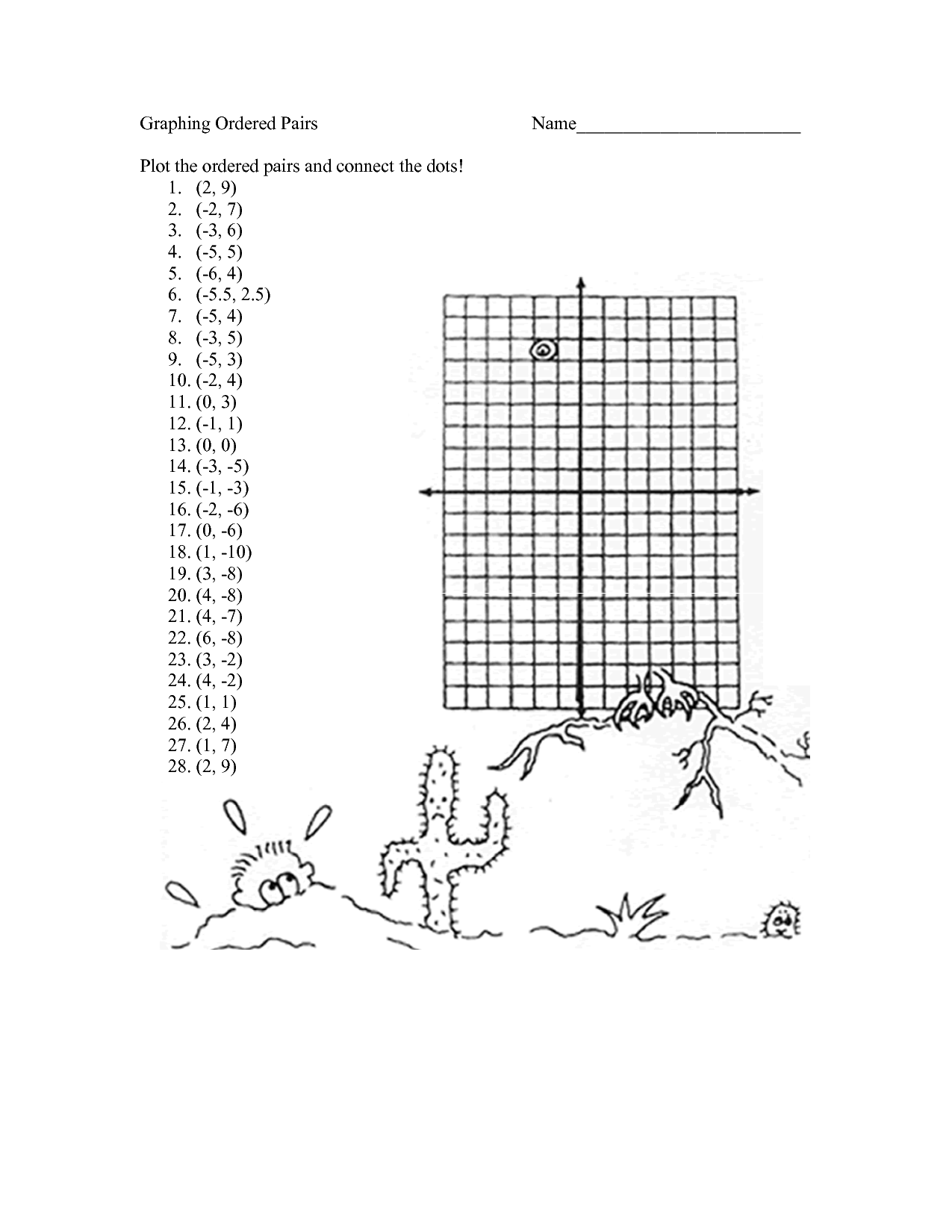
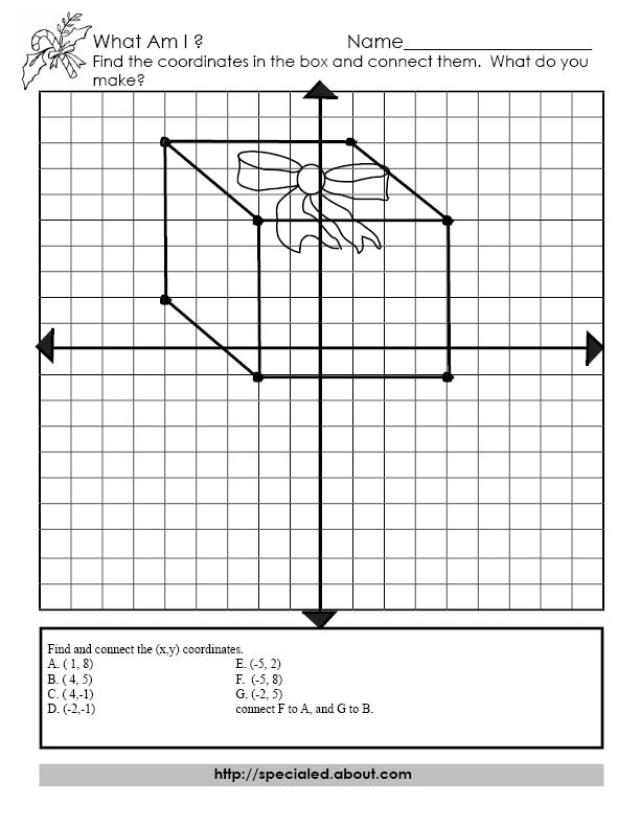
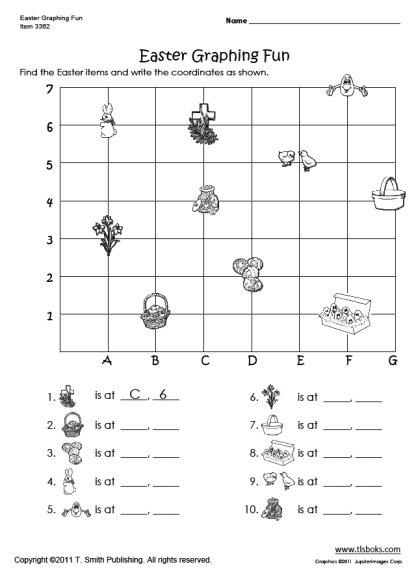
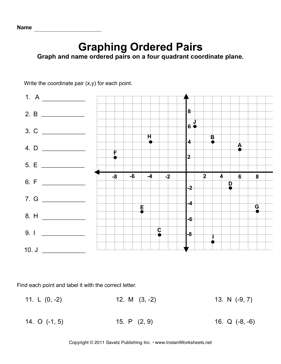
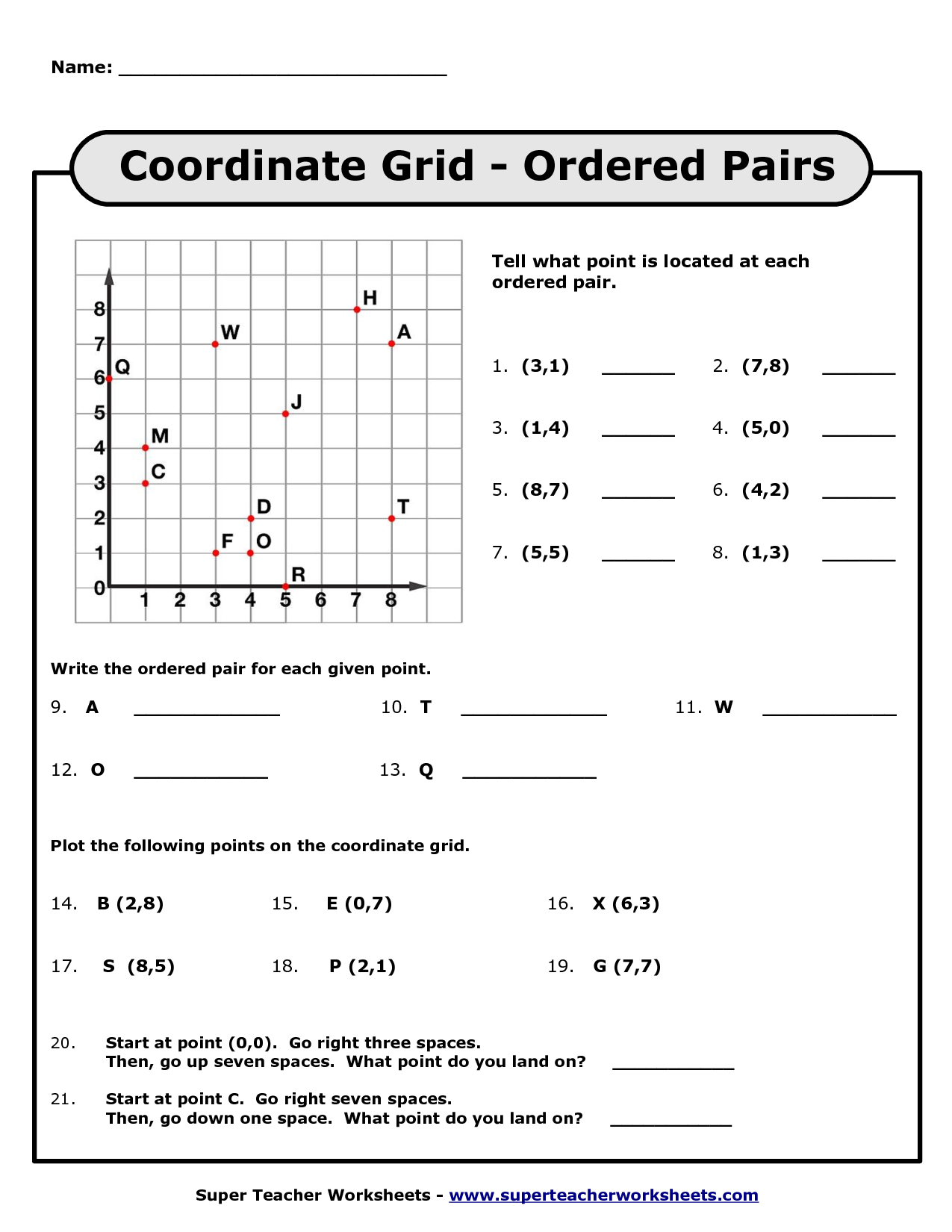















Comments